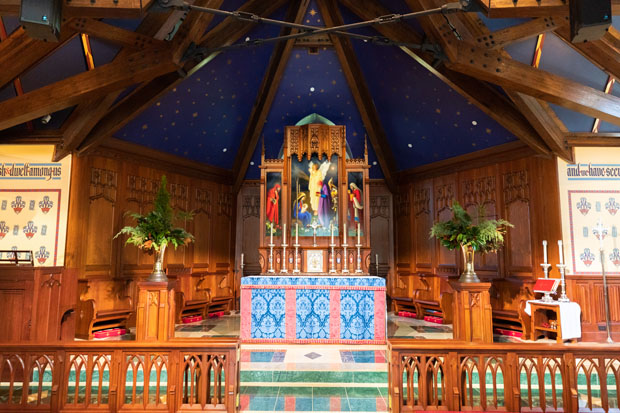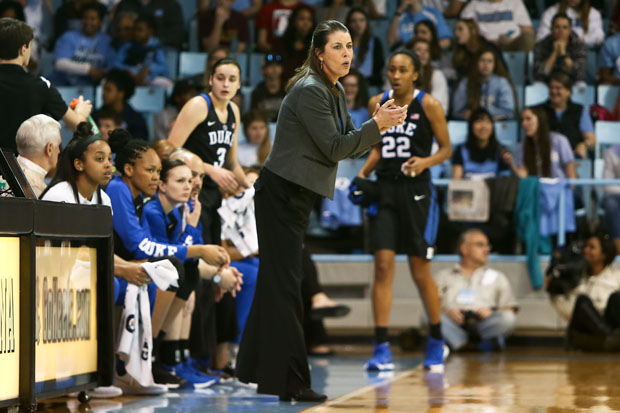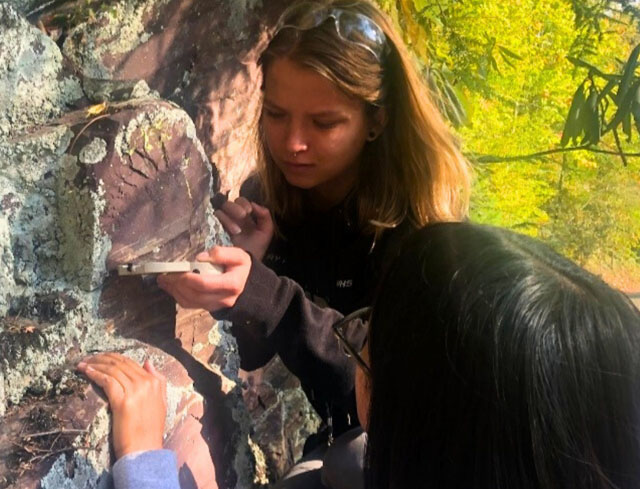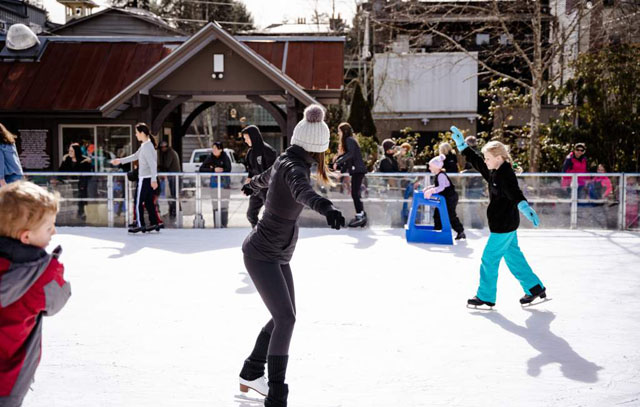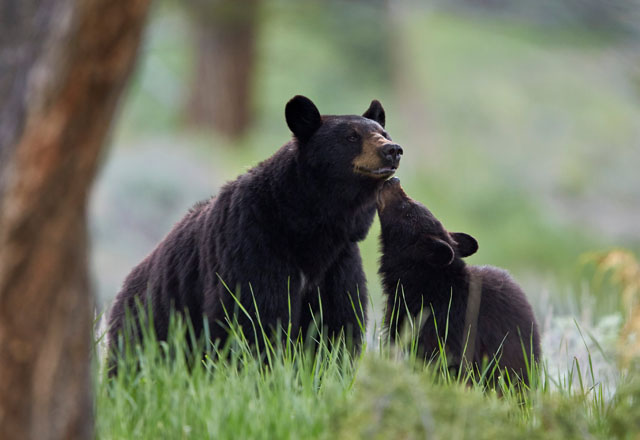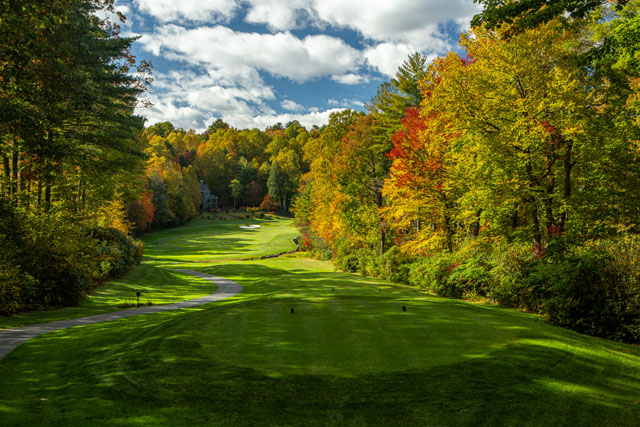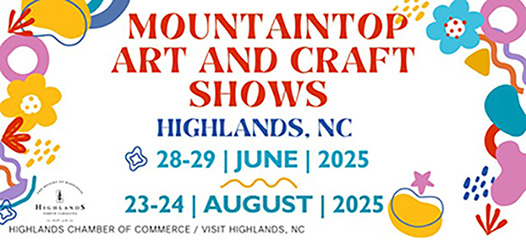Making Art Accessible
02 Feb 2023
The Bascom Celebrates Southeastern Studio Programs with Annual Emergence Exhibit
By MARIANNE LEEK
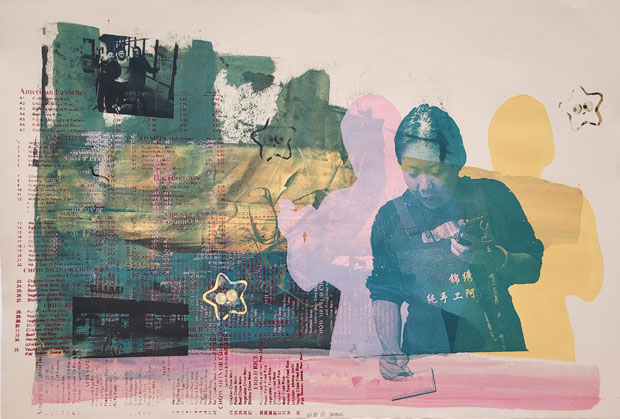
Creating and experiencing art is part of the shared human experience, an innate connection between us all, one that has the capacity to build bridges, shine a light on social injustices, elicit change, and serve as a tangible reflection of culture and community. All human beings create in some capacity; even in its simplest forms, creativity is as essential as breathing and always good for the soul.
For almost 40 years, The Bascom, A Center for the Visual Arts, has been a cultural and artistic hub for the rural communities of western North Carolina. The Bascom is a result of the progressive vision of Watson Barratt who sought to establish a permanent space committed to showcasing the work of local and regional artists. Since its inception, it has grown into a stunning 6-acre park-like campus, open and free to the public. Built on a former horse farm, it boasts a gorgeous, refurbished barn now used as a ceramic studio, a three-story 27,500 square foot main building, and picturesque nature trails where visitors can enjoy a waterfall and native flora. The Bascom’s Emergence: A Survey of Southeastern Studio Programs exhibit is one of their most highly anticipated and visited annual exhibits featuring the artwork of emerging artists and their instructors from colleges and universities all over the Southeast. The Emergence Exhibit is quite simply a regional gem. Visitors can view the exhibit beginning January 21st through April 29th.
Originally called 100 Miles, The Bascom’s beloved exhibit showcased artwork submitted by students and their instructors from universities within a 100-mile radius of the gallery, but its roots can be traced back even further to an annual partnership with Western Carolina University’s Art Graduate Program. Director of Exhibitions, Zachary Rogers, explained that this collaboration grew into the exhibit it is today quite purposefully. “As graduate students at WCU, each year we had the opportunity to organize a group exhibition within our program. After participating for three years and helping expand it a bit to include work from undergraduates, I was hired full-time at The Bascom. This exhibition was the first one I was fully responsible for. I understood its impact on my peers and me, and thought we had an opportunity to offer it to a wider group of young artists in the region.”
Now in its fourth iteration, it continues to grow in popularity, size and scope. Rogers commented on the regional influence of this particular exhibit, “In 2020, we initiated an exhibition program focused on colleges and universities within a 100-mile radius, and quickly realized that this format met a need in our region and might meet a larger need if it were expanded. By expanding our call to the Southeast, we are extending the visibility we offer to new and emerging artists in the region. Each year we send out the open call, the response grows. We maintain relationships with individuals and their institutions year after year, and we also receive interest from universities that have yet to participate–so we’re growing. Response from our community and the institutions has been overwhelmingly positive. The faculty and staff appreciate the support we give them and their students and the opportunity to exhibit their work not only in a professional environment but in a community that truly enjoys supporting them.” This year will be the largest exhibition yet with 34 faculty/student pairs representing 20 regional colleges and universities.
The criteria for submission is simple. “Any faculty or staff of a regional college or university in the Southeast is invited to submit an image of their work and a work of a selected student, along with information about medium and dimensions. It is always exciting to look through the work and see what is being created around us.” After careful review, the committee selects the strongest work, while doing their best to select as many works as can fit in the space.
Rogers explained the gallery’s choice to accept all artistic mediums and how this can affect the logistics of the exhibition, “One of the advantages of having a background as a multi-disciplinary artist is my understanding of how it feels to look for opportunities to exhibit work. I’ve also noticed how the ‘art world’ is constantly changing, especially as emerging artists join our ranks, further changing the field. Having an exhibition designed to show our visitors what work is coming out of the studio art programs in the region, we are committed to displaying any and all mediums that we can logistically accommodate. Also, by doing this we can bring in new and exciting work to the plateau from artists who are working to define art on their own terms.”
Inspired by its visionary Watson Barratt, a long-time supporter of the Hudson Library, literacy, and the arts, The Bascom remains firmly committed to not only supporting local and regional artists but also making art accessible to rural communities and schools. Rogers explained the impact that being exposed to art had on his life and the ripple effect it can have on others, “One of the drawing factors for me to begin my involvement at The Bascom is its role in making art accessible. Being from a small rural community myself, I know what it is like to be introduced to something like art for the first time, in contrast to places where art may be taken for granted. This is what The Bascom is all about: creating museum-quality exhibitions and building connections with artists from all levels and backgrounds while bringing in new work and new artists. Our goal is to inspire the community through art, whether it be from seeing, thinking, or doing.”
As a non-profit visual arts center, The Bascom extends a well-spring of engaging opportunities for anyone with an interest in the visual arts. Offering classes for all levels, exhibitions free to the public, and a retail shop featuring local and regional artists, as well as a 6-acre campus with gardens and trails, the Bascom is a local treasure. In addition to Emergence, visitors can enjoy the 3rd annual 2023-24 outdoor sculpture exhibit, where artists are invited to contribute sculptural work that will line the Horst Winkler Sculpture Trail. Visitors can also look forward to woodturning by the Moulthrop family, The Bascom’s lead exhibition during the summer season in the Bunzl Gallery.
Mark your calendars and join The Bascom for a free public reception on February 23rd celebrating the 68 Emergence artists. Rogers highlighted the far-reaching impact of this highly anticipated regional exhibit and how the local community can continue to support The Bascom, “Emergence isn’t just important because it allows students and faculty a place to exhibit their work in a professional setting. We also provide a time and space, before the public reception, for the artists to network. They are encouraged to bring business cards, school information, or whatever may help them forge professional relationships with their peers across the region. The Bascom is also able to offer an honorarium to each participant. This means that every artist is awarded for their involvement, and many times this is the first time a student has earned money for being an artist. None of this is possible without support from our community. Part of the reason we are here is to bring the visual arts to our guests, another is to support the artists themselves for doing what they do. Our community is always welcome to come enjoy and support The Bascom. The easiest way is to contribute, sign up for a class, and of course purchase one-of-a-kind artwork created by talented individuals. Emergence is a great way to support both emerging and established artists and to let our community learn about their work.”
As an artist, Rogers offered some simple advice and encouragement to emerging artists of all ages, “Keep making. One of my former professors has this philosophy ‘work makes work.’ I keep that in the back of my head. Keep going. Apply for that exhibition, complete that project, and start that next one—even if you didn’t finish the last. Don’t be afraid to fail, just learn the lesson and do it again. There’s a ton of advice out there, but for me, it all boils down to keep making.”

